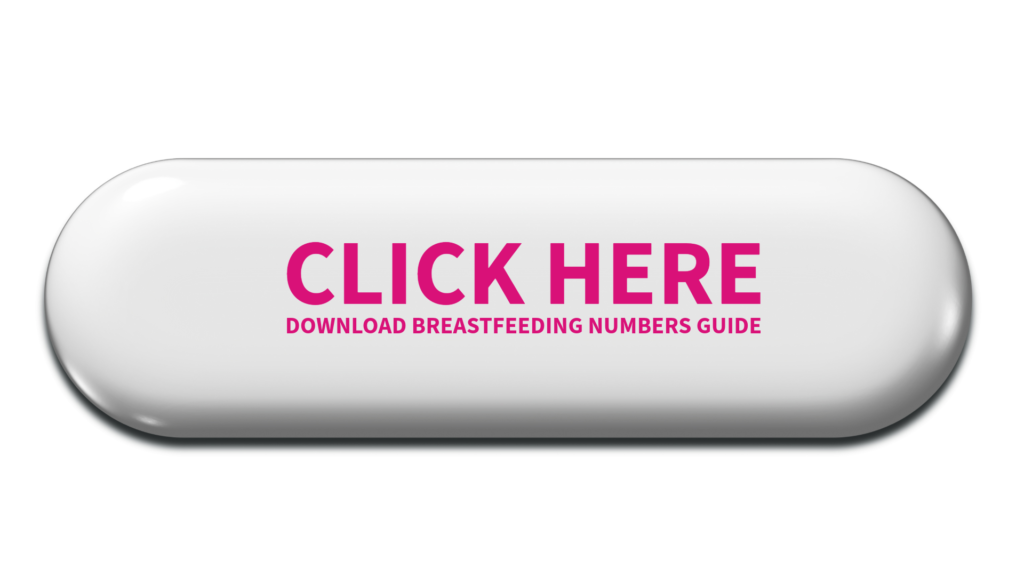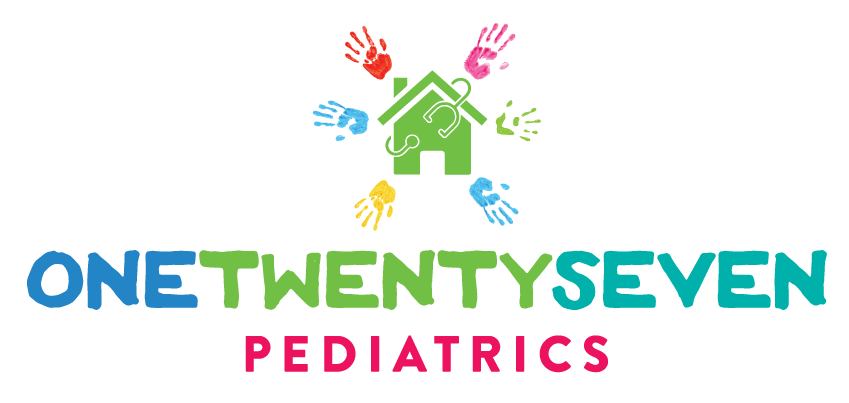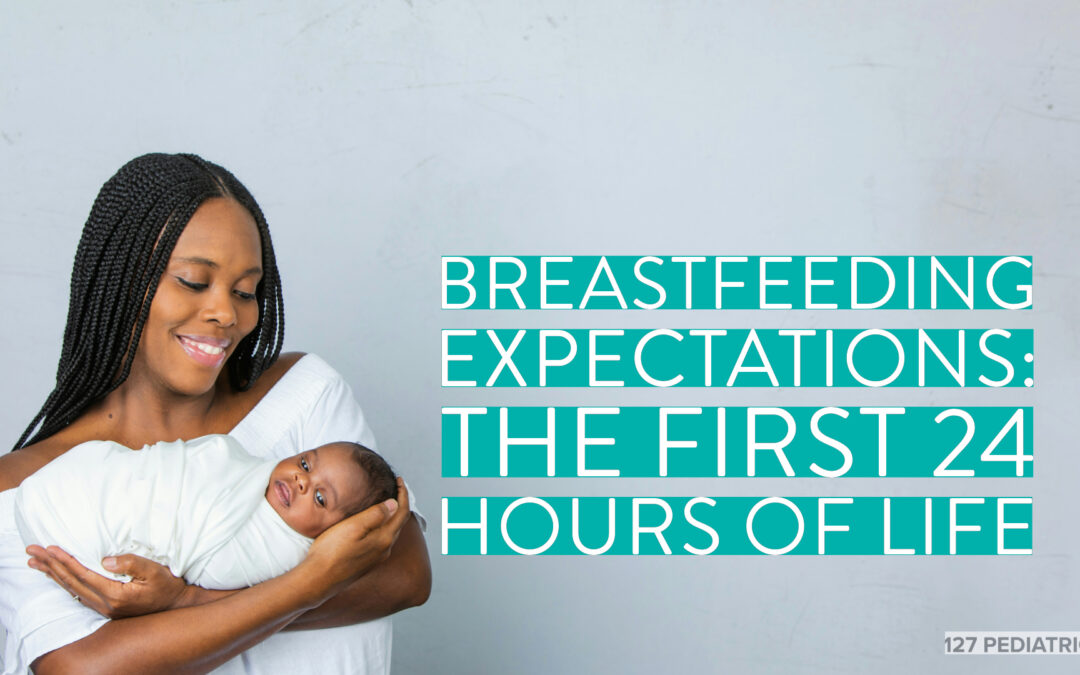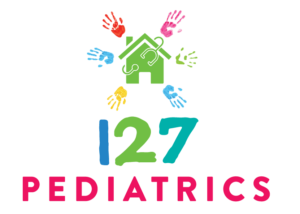Around midnight, Mary’s water broke and she headed to the hospital in order to have her baby. She had made it to 39 weeks gestation and was excited and nervous to meet the newest member of her family. As her labor progressed, she was most ecstatic to welcome her new baby girl into the world after 36 hours of hard labor. While the exhaustion washed over her body, she also felt a deep sense of peace and satisfaction when the nursing staff placed her tiny baby girl on her bare chest.
As she looked down at this wiggly form laying on her chest, she tried to anticipate what the next 24 hours of her life was going to look like. Since she had participated in breastfeeding education during her pregnancy, she had an idea of what to expect.
The first 24 hours of life can seem daunting if you don’t know what to expect. This article will take some of the mystery out of these first hours of your life as a mother.
What to Anticipate in the First Hours of Life
During the first few hours of your new baby’s life, you may feel overwhelmed. There is a lot that happens both to you and the baby once they have arrived. If your baby is well and does not need any extra help to transition into this world, they should be placed directly on your chest. This skin to skin contact during the first hour of life is what is known as the golden hour. In an ideal world, this first hour of your new baby’s life will be uninterrupted.
As much as possible, ask the hospital staff to wait on things like weighing your baby, administering eye ointment and vitamin K until the golden hour is complete.
– Dr. andrea wadley
Following an initial alert time of approximately one to two hours, a newborn typically enters a sustained period of deep sleep. Babies and mothers both endure the stress of labor together and therefore need this time of rest. Regardless of whether they were born prematurely or full-term, infants generally display drowsiness during the first 24 hours after birth.
Sleeping vs Feeding During the First 24 hours of life
In addition to promoting breastfeeding, skin-to-skin contact is beneficial for both mother and baby for many other reasons. This contact not only helps to regulate the baby’s body temperature, heart rate and blood glucose level, but it also causes hormone release that helps with bonding. Keeping your baby in skin to skin contact will also encourage the baby to feed more frequently because you can more readily recognize their early feeding cues.
While it will be tempting to just sleep, I recommend that you attempt to latch your baby to the breast every few hours during that critical first 24 hours of life. Breastfed babies need frequent feedings to support their well being. Additionally, frequent feedings during this time work to help establish your milk supply .
Early Breastfeeding Establishes Supply
Frequent feedings at the breast during these first few days postpartum are extremely important to establish breastfeeding for the days of breastfeeding to come. The frequency of feeding during this time helps your body to create more prolactin receptors on the breast, resulting in increased milk production. This will make the subsequent weeks of breastfeeding much easier.
In order to establish your milk supply during these early days, feed your baby on demand or at least 8-12 times in a 24-hour period. Some babies will be too sleepy to wake on their own for a feeding during this first day or two of life. You can gently encourage them to wake and feed by placing the baby skin to skin. Additionally, you can undress the baby down to their diaper to encourage them to wake for a feeding.
Furthermore, try your best to respond to early feeding cues as often as possible. Don’t wait for the late sign of crying before you attempt to put your baby to breast. Early signs include rooting, sucking on their fist or an increased alertness.
As a new mother, you may not pick up on these signs right away, but as you get to know your baby, you will establish a breastfeeding routine.
Additionally, don’t skip out on overnight feedings. Breast milk production depends on hormones. When the baby nurses at night, your body continues to make more milk. In addition, your prolactin hormone levels are the highest in the overnight hours which helps with ongoing breast milk production.
Quick Tips for the First 24 Hours of Life
- Start with skin to skin time for the first hour of life
- Offerfrequent feedings despite your baby’s sleepiness
- Practice frequent skin to skin contact to help baby to regulate body temperature and blood sugar levels during the first day of life
- Pay attention to early feeding cues in order to establish a breastfeeding routine
- Try to delay the use of bottles and pacifiers until breastfeeding is established.
- Offer frequent feedings as your baby is getting about a teaspoon of colostrum with each feeding
- Keep track of dirty diapers
- Ask to see the hospital lactation consultant at least once during your hospital stay
Should I establish a feeding schedule for my baby?
Some mothers may have concerns about not starting a schedule immediately for their babies, fearing that they may not follow a routine. However, it is reassuring to know that this is not true.
During the first few weeks of a baby’s life, it is not necessary to adhere to a strict feeding schedule. Newborns have small stomachs and require frequent feedings to meet their nutritional needs and support healthy growth. Instead of following a set schedule, it is important to observe your baby’s hunger cues and provide them with food when they demand it.
Babies have different breastfeeding patterns in terms of frequency and duration. It is normal for babies to have variations in feeding throughout the day and night. Imposing a strict feeding schedule can disrupt their natural instincts and interfere with successful breastfeeding.
The first few weeks of breastfeeding require a significant time commitment.
Causes of Pain During the first 24 Hours of Life
In theory, breastfeeding should be pain free. However, there are certain things that can cause you to have pain during the first days of breastfeeding.
One reason for early pain could be a poor latch to the breast. An optimal breastfeeding latch is key to success and pain free breastfeeding. Check if your baby is latching deeply by looking at how much breast tissue they have in their mouth. They should have a wide open mouth, flanged lips, and be grasping a majority of the areola, not just the nipple.
Another reason for early pain associated with breastfeeding is uterine cramping. This is a normal discomfort in the first hours and days after giving birth. The hormone oxytocin, responsible for milk letdown, also causes uterine contractions. These uterine contractions help to clamp down the uterus and prevent postpartum hemorrhage. Thankfully, these contractions are a positive sign that your baby is extracting milk from the breast. Also, take heart, these cramps don’t last forever.
How do I know if my baby is getting enough milk?
New mothers are often concerned that their newborn babies might not be getting adequate breast milk. While the breast does not have a way to measure how much milk is getting to the baby, there are other ways that you can know if your baby is getting enough milk.
First, in the early days after birth, your new baby should have one wet diaper for each day old they are. This means that a 1 day old should have at least one wet diaper, a two day old – two wet diapers, etc until the baby reaches about 5 days old. After 5 days, your milk should be “in” and your baby should have at least 5 wet diapers per day.
Additionally, a newborn baby should have at least one dirty diaper or poop by the time they reach 24 hours old. This first poopy diaper is made of a black and sticky substance known as meconium. It is the waste product from intrauterine life for the last 9 months. After that, the baby’s stool should transition to a greenish color around 3 days of life and then be yellow and seedy by day 5. The number of poopy diapers may vary from baby to baby, but all babies who are getting enough breast milk will make this transition in color and consistency of stool on this timeline.
Additional Milestones
As your breastfeeding journey progresses, there are several weight gain milestones that your baby should reach. These gains will help you to know that your baby is receiving adequate breast milk. The newborn baby should regain their birth weight by 2 weeks after birth. Your baby should then gain about 5-7 ounces per week between the ages of 2 weeks and 3 months old. After that, between 4-6 months, your baby should gain about half an ounce per day.
If you would like to know additional breastfeeding “numbers,” be sure to download our free breastfeeding math guide.

Another way to know if your baby is getting enough breast milk is by having your pediatrician’s office or lactation consultant do a weighted feed. We weigh the baby, have you feed the baby at the breast and then weigh the baby again. The amount of weight that the baby gains will give you an estimate of how much milk the baby extracted from the breast during that feeding. You can also do this at home yourself, just make sure that you are using a sensitive baby scale.
How Can 127 Pediatrics help with your breastfeeding journey?
As a breastfeeding medicine specialist, Dr. Wadley offers an array of services for breastfeeding families. If you live in the DFW metro area, she offers in person lactation consultations. If you live in the great state of Texas, she can consult with you over telemedicine to offer medical advice and help with breastfeeding problems. In addition to personal consults, she also offers online breastfeeding education as well as free breastfeeding resources. If you don’t know where to start, be sure to get on our email list to receive our weekly newsletter.

© 127 Pediatrics, May 2024
This article is for information purposes only. Please consult your personal physician for medical advice.

Dr. Andrea Wadley is a board certified pediatrician and breastfeeding medicine doctor. She opened 127 Pediatrics in 2018 as a way to provide a different option for pediatric and lactation care in her community. In addition to her direct primary care pediatrics practice, she also offers online breastfeeding education.


